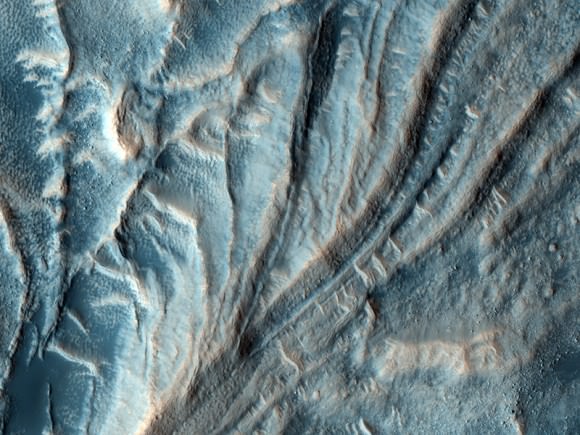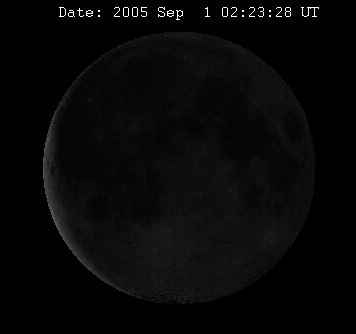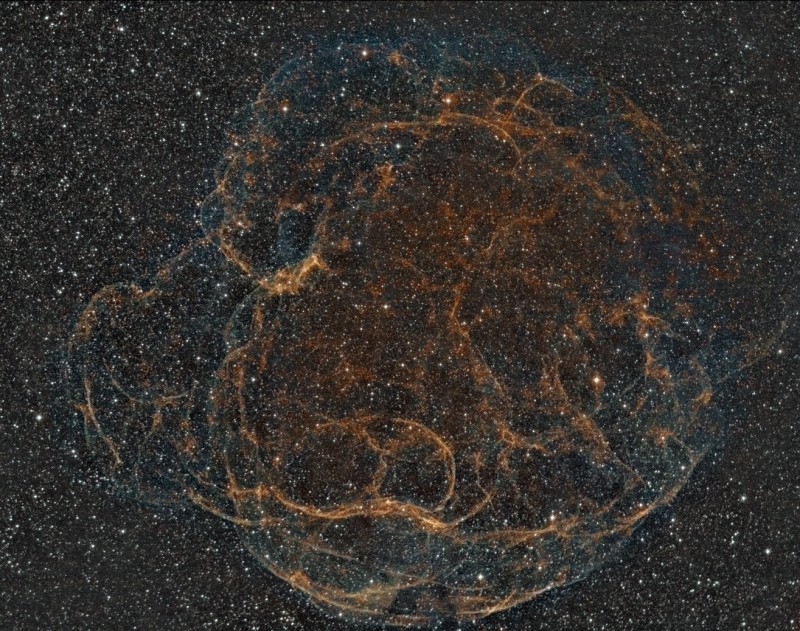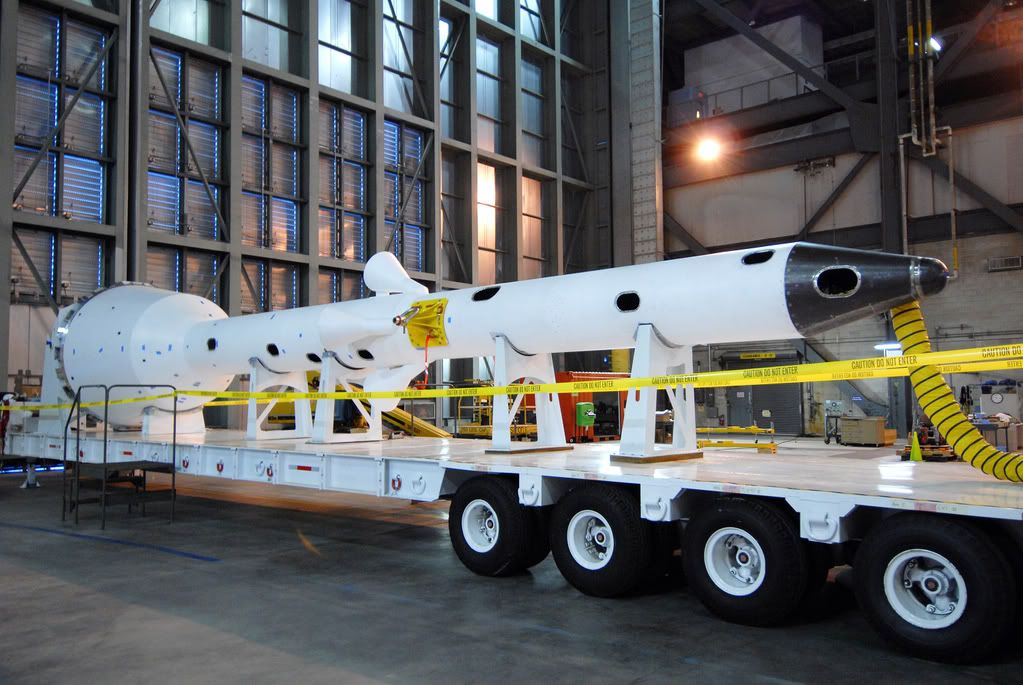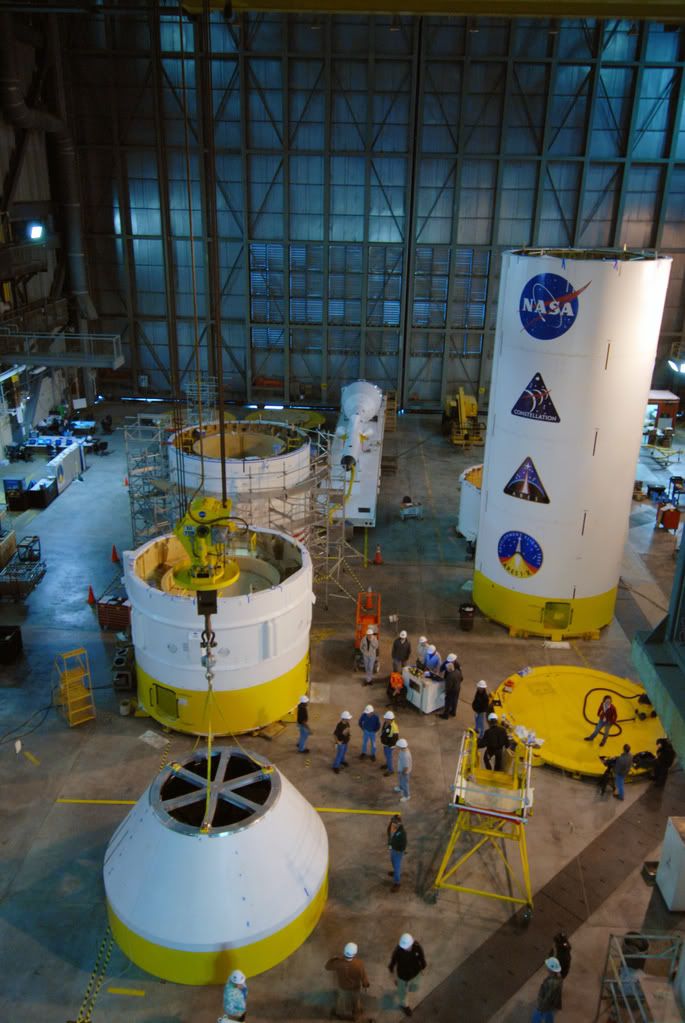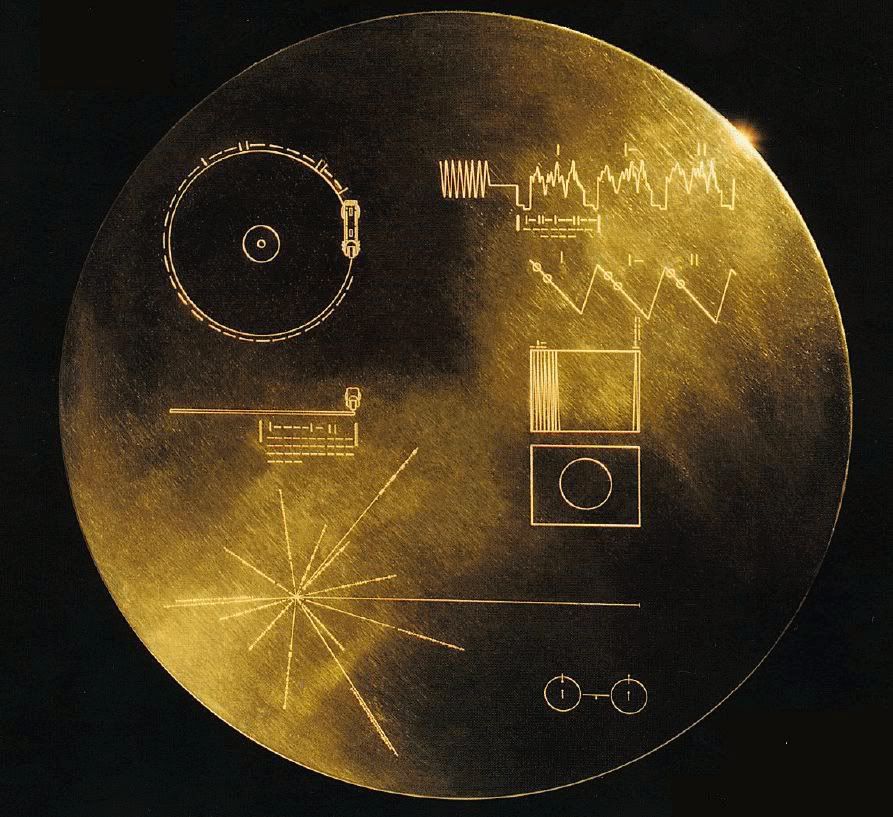subzero9285
Banned
Elliptical orbit gives exoplanet a regular roasting
Source


NASA's Spitzer Space Telescope has discovered hot temperatures on an exoplanet that is 190 nearly light-years from Earth. Astronomers used the telescope to measure heat from the planet using infrared technologyduring their space exploration.
NASA's Spitzer Space Telescope has discovered hot temperatures on an exoplanet that is 190 light-years from Earth. Astronomers used the telescope to measure heat from the planet using infrared. Space exploration unveil temperatures on the planet that rise from 980 to 2,240 degrees Fahrenheit.
"This is the first time that we've detected weather changes in real time on a planet outside our solar system," astronomer Greg Laughlin of the Lick Observatory, University of California at Santa Cruz, said in a statement.
Laughlin said the team watched the development of one of the fiercest storms in the galaxy and that the planet is a gas giant that orbits a star nearly 190 light-years from Earth. The exoplanet is orbiting the star at a distance that is similar as Earth is from our sun. The planet heats up to extraordinary hot temperatures in a matter of hours before it cools again.
"If you could float above the clouds of this planet, you'd see its sun growing larger and larger at faster and faster rates, increasing in brightness by almost a factor of 1,000," said Laughlin.
Astronomers located planet HD80606b in 2001 while working at the Geneva Observatory in Switzerland. The team was led by Dominique Naef who used a method known as Doppler-velocity.
Space exploration on the exoplanet has continued ever since. HD 80606b's orbit takes it as far out as 0.85 astronomical units from its star, and as close as 0.03 astronomical units. One astronomical unit is the distance between Earth and our sun.
Planet HD80606b takes about 111 days to complete a circle around its sun and spends most of its time at farther distances. It can orbit the star in less than a day. The Spitzer Space Telescope recorded the planet's closest passage to the star in November 2007 when it sizzled from the star's heat.
"By studying this planet under such extreme circumstances, we figure out how it handles heat -- does it retain it or dissipate it? In this case, the answer is that the planet releases the heat right away," Laughlin said.
The astronomers could understand what would happen to a planet like Jupiter if it was dragged near our sun. The exoplanet has a gaseous surface which is similar to that of Jupiter. Astronomers have uncovered research by studying the HD80606b exoplanet on how other planets could respond to sudden changes in heating.
"We were essentially able to perform the 'thought experiment' -- what would happen to a planet like Jupiter if we could drag it very close to the sun?," Laughlin said.
Source






